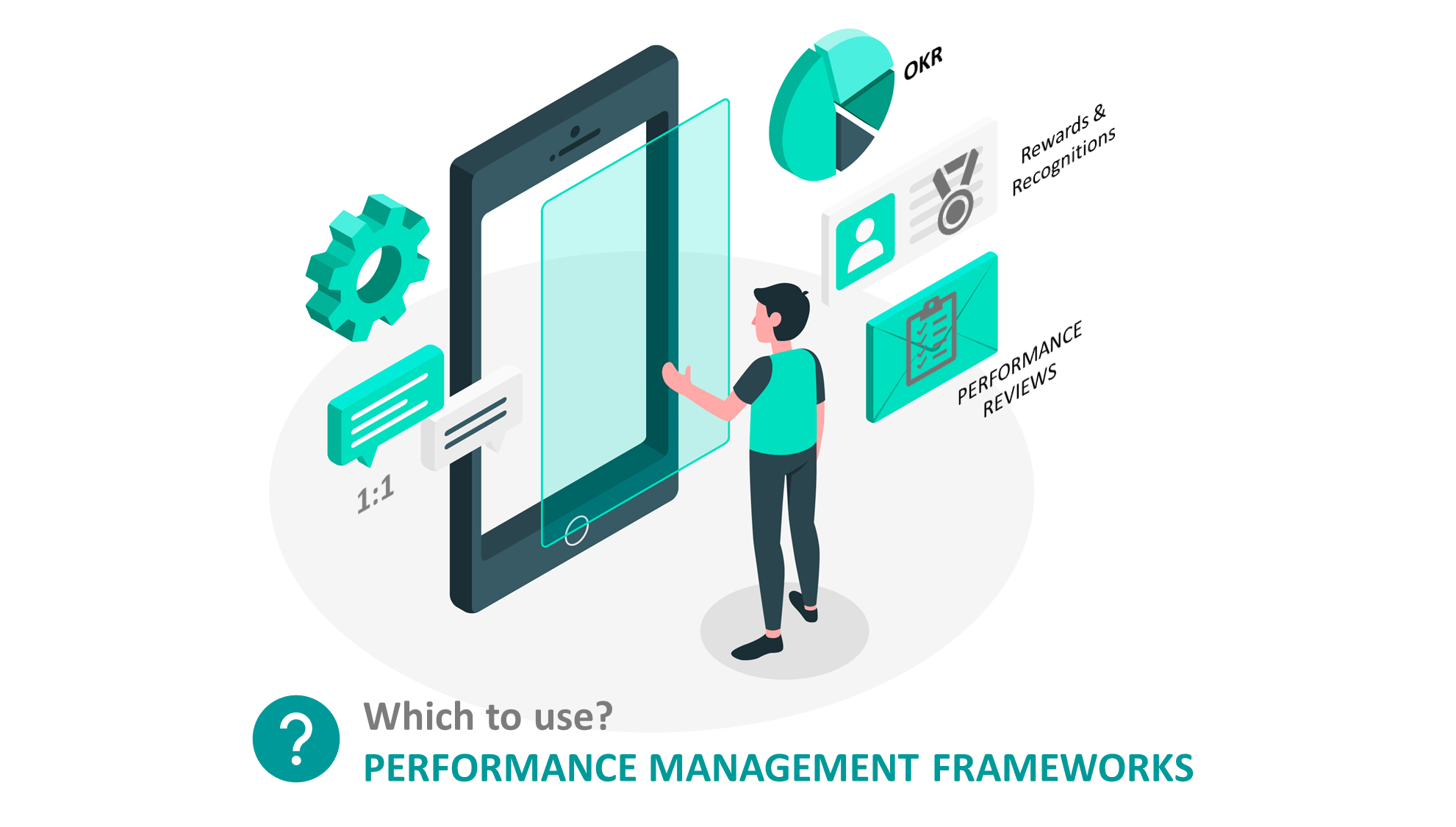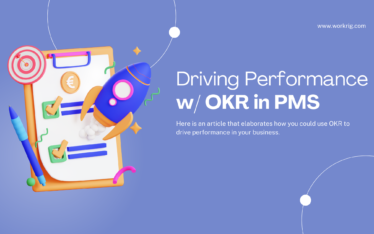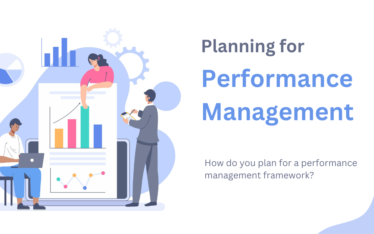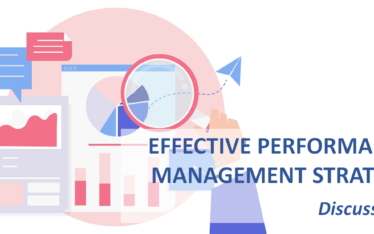Most used Performance Management Farmeworks

INTRODUCTION
Performance management frameworks are designed to enhance individual and organisational performance by identifying parameters, providing regular feedback and enabling and assisting the employees in their career development. It aims at fostering and building a high-performance culture for individuals and teams so that they together take on the responsibility of continuously enhancing the business processes and raising the bar by upskilling themselves within the leadership framework. It focuses on enabling goal clarity to make people do the right things at the right time.
The performance management framework’s main objective is to achieve the employees’ capacity to the full potential in favour of both the employee and the organisation by defining clear expectations in terms of roles and responsibilities, required competencies and expected behaviours.
OBJECTIVES OF PERFORMANCE MANAGEMENT FRAMEWORK
Major objectives of performance management frameworks are:
- Encouraging and enabling employees to achieve superior standards of work performance
- Helping employees identify the requisite skills to perform the job efficiently. This allows them to focus and execute the right task in the right way
- Boosting employee performance by encouraging employee empowerment, motivation and execution of an effective reward system and structure
- Promoting two-way communication between managers and employees for setting clear expectations about the roles and responsibilities. It also includes communicating functional and organisational goals, providing regular and transparent feedback to improve employee performance
- Identifying the challenges and barriers to effective performance and resolving those through constant monitoring and coaching
- Creating a foundation for administrative decisions, strategic planning, succession planning, appraisals, promotions and performance-based remuneration
- Promoting personal growth and advancement in the employees’ careers by helping them acquire knowledge and skills
COMPONENTS OF PERFORMANCE MANAGEMENT FRAMEWORK
Effective performance management framework comprises the below-listed components:
- Performance Planning
Performance planning is the primary component of any performance management process. It forms the basis of performance appraisals.
The managers and employees jointly deliberate and decide on the performance planning at the beginning of the quarter. During this period, the employees formulate targets and key performance areas that can be performed over a year within the performance budget. This is finalised after a mutual agreement between the managers and the employees.
- Performance Appraisal and Reviewing
The appraisals usually are performed in an organisation in the form of annual reviews held at the end of the financial year. In this process, the managers first send the self-filled-up ratings in the self-appraisal form and describe their achievements over time in quantifiable terms. After the self-appraisal, managers provide the final ratings for the appraised employee’s quantifiable and measurable achievements.
The entire review process seeks employees’ and managers’ active participation to analyse the causes of loopholes in the performance and how they could be resolved and overcome.
- Feedback on the Performance
Feedback and counselling are significant in the performance management process. This is when employees know the areas of improvement, their contribution and the expected performance levels. A 1:1 and 360-degree review and feedback is a highly effective performance management and appraisal framework that acts as a developmental reinforcement tool for employees. It allows peers and managers to provide feedback about their coworkers and subordinates and share additional advice that might help them grow. So whether it is 360-degree feedback, proactively addressing succession issues, or KRA-based rewards using OKRs, Workrig’s Performance Management Datasheet enables you to maintain a consistent human resource management system across the organisation.
Apart from the transparent feedback, employees’ training and development areas are also identified. The managers ensure that employees meet the expected outcome for the organisation through effective counselling, guidance and mentoring. Training initiatives and programmes for employees to develop competencies and improve overall productivity are also laid out.
- Rewarding good performance
This is vital since it determines an employee’s motivation. Employees are officially recognised for good performance and rewarded during this stage. This stage is crucial for employees as it may influence their self-esteem and achievement orientation. Any contributions recognised by an organisation help an employee cope with the failures successfully.
- Performance Improvement Plans
In this stage, an employee’s fresh set of goals is established, and new deadlines are communicated for accomplishing those objectives. This plan is jointly developed by the manager and the employee and is mutually approved.
CREATING A ROBUST PERFORMANCE MANAGEMENT FRAMEWORK
There’s no one-size-fits-all approach to creating and managing employee performance. There are several ways to measure success; therefore, establishing a robust performance management framework is vital. It allows you to assess employee performance while remaining fair and providing valuable feedback.
The performance management framework establishes essential performance strategies and financial requirements for business operations, aligns individual goals and responsibilities, and gathers performance data from different business units. 3 main pillars of the modern performance framework are discussed below:
- Alignment with Business strategies & Priorities
Employee goals (Targets, KRAs & KPIs) should be aligned with the organisation’s goals. Aligned KPIs help employees see how they contribute their best and achieve the organisational goals.
- Measurability and Transparency
The targets, KRAs and KPIs, defined in the employee goal sheet should be easily quantifiable. This helps bring clarity and transparency to the employees with what is expected of them to deliver. KRAs ensure they utilise their time in the areas that produce the most ROI. Qualitative KRAs can be avoided. Quantifiable KRAs can be created using SMART frameworks.
Specific: Vague goals lead to a lack of clarity on deliverables and poor work performance.
Measurable: Set goals that produce tangible results.
Achievable: Goals and objectives must be reasonably attainable, considering real-life obstacles and challenges such as time, labour and money.
Time-bound: Setting timelines and the end date by which goals and objectives can be accomplished motivates employees without pressuring them.
- Continuous and Systematic Process to Enhance Performance
The performance management framework should be well-defined to encourage frequent performance conversations between the manager and the employee. It should provide an opportunity for regular performance feedback, promote rewards and recognition, enhance performance and drive growth. It should also lead the way to employee development, fair compensation, efficiency and promotion of the right talent.
CONCLUSION
A robust performance management framework creates a foundation that connects your company goals and employee development and drives growth. It is important to create a fluid plan that meshes together every vertical and department and where employees understand their role within the organisation and feel valued. Remember to keep your framework flexible, communicate often, and make adjustments along the way. The right performance management framework for an organisation instils a culture of growth and constant improvement among teams, fosters the development of performance enhancement strategies, and establishes systems that allow organisations to monitor, document accurately, and improve performance vital for future success.




